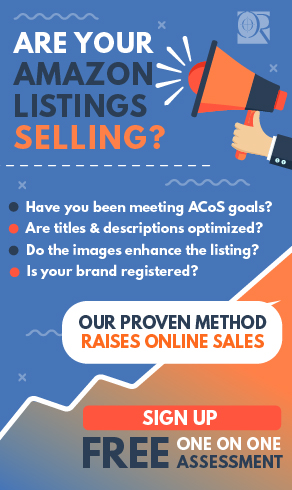Bing Product Ads vs. Google Product Listing Ads
Bing recently announced the launch of its Product Ads, which will incorporate image-rich product results within Bing search results, rather than having two separate destinations. This new feature is in closed Beta until the holidays, but has already garnered some attention from the ecommerce world.
Much like Google’s Product Listing Ads, Bing’s Product Ads will allow advertisers to bring in more traffic via the use of product images. And like Google’s PLAs, merchants need a clean and organized shopping feed sent to Bing in order to enjoy the full effects.
The result will be an integrated shopping experience for searchers. Shopping results will show up above and to the side of organic listings, alongside images that will encourage searchers to stray from their organic results to the paid results.
And even though on paper it seems that Product Ads and Product Listing Ads are similar, there are a few differences that are worth noting.

The differences between Bing and Google
For starters, any ecommerce player knows by now that in order to play with Google, you have to pay. There once was a time when Google retailers simply had to provide their feed, and then Google did what Google does – rank the product via popularity and price. Those products would appear in their ever-so-popular search engine. But the still recent change made it a requirement for all PLAs to come at a price, a bidding price, in order to show up in the search results.
The reason for this shift was most likely to increase its revenue. Google has obviously been the #1 search engine for some time now. But as the Wall Street Journal reported in 2012, it paled in comparison to Amazon and eBay in terms of shopping searches. Google experienced 80 million shopping-based searches in April of 2012, while eBay handled 900 million, and Amazon handled 335 million (as recorded by comScore).
That shift to a pay-to-play model did not sit well with many, particularly small business owners who felt there’d be no way for them to compete with their larger, national competitors.
Bing heard that call and went on a scroogled campaign, claiming that Google was duping the public by shoving paid listings in with organic searches. As a result, Bing has clung to the notion that merchants should be able to list their ads for free … and you can. Ever since October of 2012, Google Shopping has been based solely on PLAs (paid) whereas with Bing, free listings remain an option.
There’s been some argument on how true Bing has been about its “free” listings. Even on its Bing Shopping page, it clearly states that paid offers will “be highlighted throughout Bing Shopping, including search result and product pages.”
But Bing’s Steven Weitz has said that they (Bing) simply do not take money in exchange for ranking. What happens is Bing receives feeds from third-party sites such as PriceGrabber and Shopping.com (sites that do require you to pay), and the products listed from those feeds appear on Bing results, among the many organic (and free) listings.
So, in a roundabout way, yes, Bing still does offer free product listings, while Google simply does not.
Another difference between Google and Bing’s product ads is that Bing’s product ads will be featured not only on Bing, but also on Yahoo. That sounds great! You get to be featured on two search engines with one feed. Score!
And while we may sound a bit smug as we write this, it really is a good thing. More exposure is great. But in a way it’s like saying you get to have two grains of rice, vs. that big bowl across the table. Google is, of course, that big bowl. comScore’s July 2013 US search market share data showed that Google actually increased to 67% of the market share, while Bing was just below 18%. Yahoo dropped a bit to 11.5 %. Do the math: 18+12 (sure, we’ll round up for yahoo) = 30. Combine Bing and Yahoo’s market share and Google still laps them on the track.
That’s not to say optimizing your feed for Bing’s Product Ads isn’t a good call. It probably is. You just shouldn’t be too starry-eyed. Your product-feed management requires you to be on your toes, and vigilant. You must be aware of factors including market shares and such. You don’t want to spend too much time with one market, and risk losing out on profit from another one. Sure, it’s hard work, but that’s why most successful ecommerce businesses look toward professional feed-management firms to help them make the right decisions.
How can you best use Bing’s upcoming Product Ads to your advantage? How can you balance between Bing and Google to enjoy your highest return on investment? Find out how OperationROI can help you make the right decisions. Call us at 1-888-277-5429 or fill out our contact form for more information.







Google Product Listing Ads has been around. Bing Product Ads is just coming to fruition. What’s the difference? – http://t.co/O6vLbYJn32